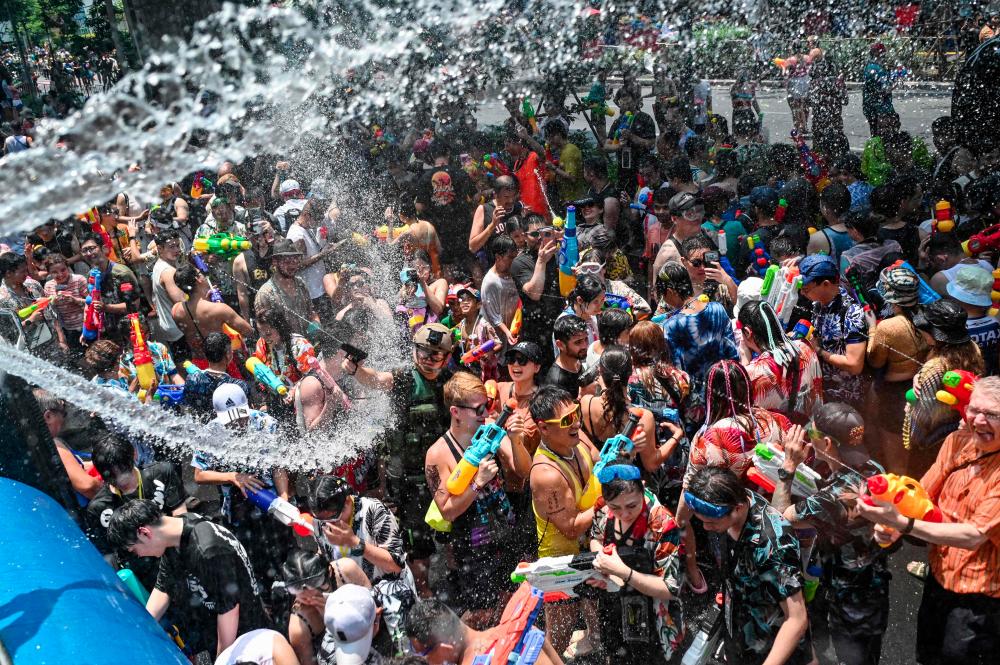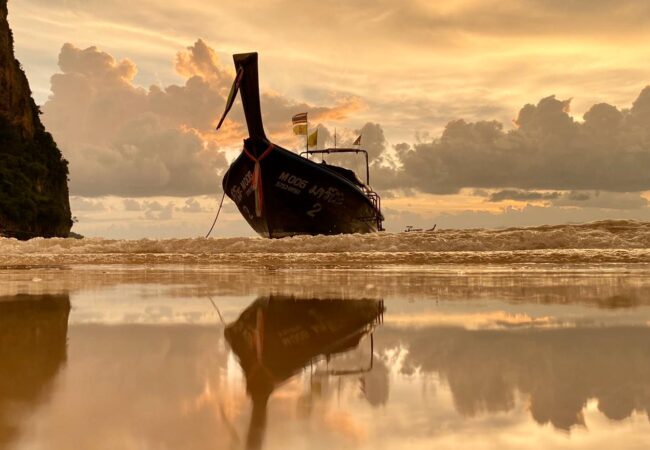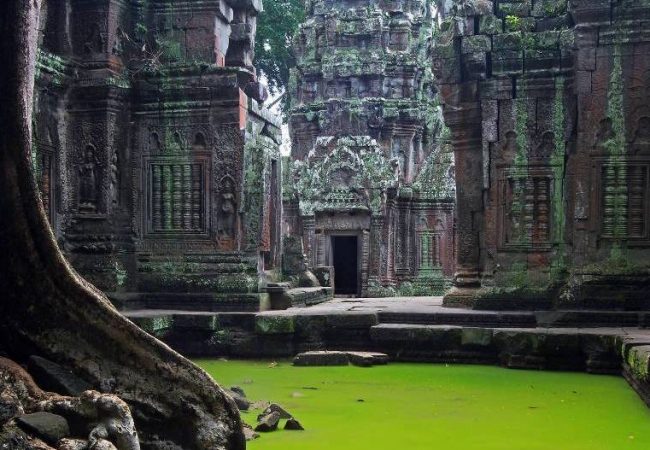Festivals in Asia Worth Planning Your Trip Around

5
Nov, 2025
After living and traveling in Asia for many years, I’ve learned one thing: this part of the world loves festivals. There’s a full moon festival, a harvest festival, the washing hair festival, a camel festival, a weaving festival—the list goes on. Many are fun, but what festivals are worth planning your trip around?
Loy Krathong Festival: Thailand’s Festival of Lights
Let’s start in Thailand with one of the most beautiful festivals in Asia: Loy Krathong. Known as the “festival of lights,” it takes place every November under the full moon of the twelfth lunar month. The name “krathong” means a small basket made from banana leaves. During this festival, people fill the basket with flowers, incense, and candles before setting it afloat on rivers, bays, or canals.
Once you set your basket adrift you make a wish and some people believe that the longer your candle stays lit the more likely your wish will come to fruition.
The candle also signifies longevity and the washing away of sins. The sight of thousands of glowing krathongs floating on the water is pure magic. Some even look like ice cream cones! People write wishes on them, hoping the lantern flies high and doesn’t burn out—a sign that their wish will come true.
You’ll also spot floating lanterns in balloon form drifting into the sky. People write their wishes on them, hoping the flame doesn’t go out—another good omen. We once wrote our company name on one of those lanterns, and guess what? It stayed up. So maybe it works! 😄
The tradition has carried to the west and you see many of these lantern balloons at weddings and parties. While Loy Krathong is celebrated throughout Thailand, one of the most magical places to experience it is in Chiang Mai. If you’re curious to see more, you can check out our pictures from our last trips to Thailand for the Loy Krathong festival.
Songkran Festival: Thailand’s Ultimate Water Fight
Ever wanted to throw buckets of water at strangers or roam around with a Super Soaker? Here’s your chance! Songkran is one of the wildest festivals in Asia, marking the Thai New Year every April.
Traditionally, Songkran involved pouring scented water over Buddha statues and gently sprinkling elders as a sign of respect. People cleaned their homes and made New Year’s resolutions.
These days, Songkran has evolved into a three-day nationwide water fight. Buckets, water guns, icy water—even elephants—are fair game. Locals and tourists alike join in, especially since April is one of Thailand’s hottest months, with temps often soaring above 100º F.
Of course, there are rules. Monks and pregnant women are off-limits. You do not splash water in restaurants, hotels, or people’s homes. And after sunset, the city calls a ceasefire so people can change into dry clothes.
Songkran used to be celebrated only in Northern Thailand, but now it’s nationwide. Similar festivals in Asia happen around the same time in Laos, Cambodia, Myanmar, and China’s Yunnan province.
If you want to find out the dates of Songkran, check out Thailand’s official tourism website for more info and tips.
Holi Festival: India’s Festival of Colors and Love
Across the way in India, you’ll find one of the most famous festivals in Asia: Holi, the vibrant “festival of colors.” It’s celebrated each March and has become so popular that many Western cities now host their own versions.
The origins of Holi differ by region. In one legend, an evil king forced people to worship him. His son, loyal to Lord Vishnu, was punished for defying his father. The king’s sister, Holika, tricked the son into sitting with her on a pyre, thinking her protective cloak would shield her from flames. Instead, the cloak flew to the boy, saving him while Holika perished—symbolizing the triumph of good over evil. Many kick off Holi with a bonfire called Holika Dahan.
Another story links Holi to Lord Krishna, who feared women wouldn’t love him because of his blue skin. His mother suggested he color the face of a girl he liked—Radha. It worked, and they fell in love. Today, Holi celebrates love, forgiveness, and fresh starts.
Although Holi is a Hindu festival, people of all faiths in India come out to hurl colors and water at each other. But be warned—it gets rowdy fast. Local men often drink bhang (a cannabis drink), making the crowds wilder. Women travelers should join the fun early in the day before things get too raucous.
For more pictures about Holi, check out the pictures from our last trips to India during Holi.
Pushkar Camel Fair: A Spectacle in India’s Desert
The Pushkar Camel fair in India is one of India’s most highly-rated travel experiences. It’s a spectacle on an epic scale that draws over 400,000 people and 11,000 camels, horses, and cattle for nearly 2 weeks in November.
The Pushkar Camel Fair feels like a step back in time. Traders set up desert tents and barter over livestock. Men show off elaborately decorated camels, compete in races, and even vie for the longest moustache. Meanwhile, women set up stalls filled with jewelry, textiles, and traditional crafts, while dance and music fill the air.
There are all kinds of competitions during the festival. You’ll see contests for the camel with the most intricate decorations, thrilling camel races, and even a longest-moustache competition! Locals and foreigners alike can place bets—or jump in and play in a lively game of cricket alongside the crowd.
It’s a time when men proudly show off their prized livestock and the skills of their camels, while women set up colorful stalls brimming with bracelets, clothes, and textiles, and join in vibrant dance performances.
If you travel in Asia long enough, you’re bound to stumble into one of these festivals in Asia—sometimes without even trying. Whether it’s floating lanterns in Thailand or camels in the desert, these celebrations offer glimpses into local life and culture that you just can’t get anywhere else.
So what about you? Have you been to any festivals that completely blew your mind? Drop a comment below—we’d love to hear your stories! Happy travels!














Great blog!